Survey: There’s a 33% chance a recession is on the way, according to top economists
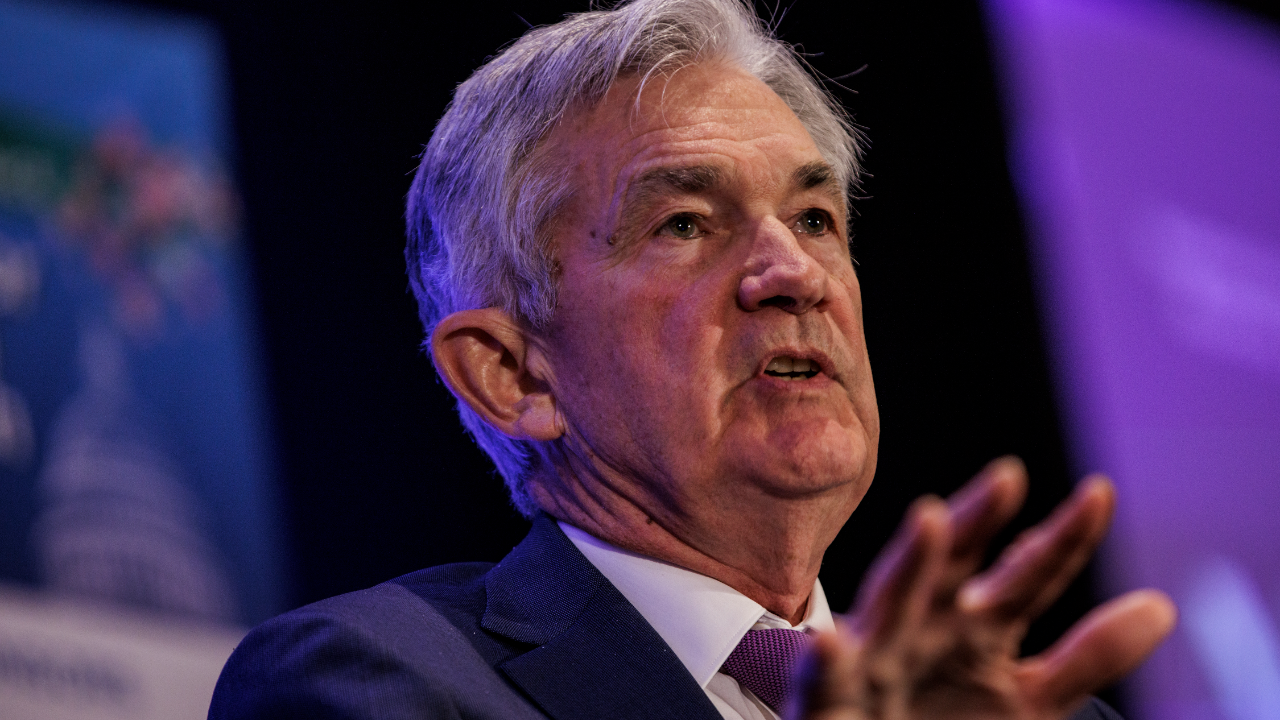
The Bankrate promise
At Bankrate we strive to help you make smarter financial decisions. While we adhere to strict , this post may contain references to products from our partners. Here's an explanation for .
The cost of financing a home or a car is without a doubt going to get more expensive this year, but the ultimate risk is that interest rates could rise too high — weighing on growth, or worse, tipping the economy into a recession.
Experts polled for Bankrate’s First-Quarter Economic Indicator say there’s a 33 percent chance that the U.S. economy could contract in the next 12 to 18 months, with key downside risks surrounding the conflict in Ukraine, high inflation and tighter monetary policy.
Higher interest rates could come on multiple fronts — starting with the 10-year Treasury yield, which influences the 30-year fixed-rate mortgage. Economists see the key borrowing rate rising to 2.72 percent a year from now, which would be nearly a quarter of a percentage point higher than where it closed on March 25, when Bankrate’s first-quarter survey period ended.
Yet, the majority (or 58 percent) of economists see the 10-year yield rising even higher than that rate, reflecting the wide range of responses. Four economists penciled in a 3 percent yield, with another projecting a 3.5 percent rate — both the highest levels since 2018.
Officials at the Federal Reserve, meanwhile, have penciled in at least seven total increases for 2022 and four more in 2023, according to their latest projections. The U.S. central bank already got one out of the way, raising interest rates for the first time since 2018 at its mid-March meeting. That would put the federal funds rate — which influences shorter-term debts like auto loans and credit card rates — in a target range of 1.75 to 2 percent by the end of 2022 and 2.75 to 3 percent by the end of 2023.
“The Federal Reserve has all but advertised that we should expect a series of follow-up interest rate increases as it strives to fulfill its mandate for stable prices,” says Mark Hamrick, Bankrate senior economic analyst and Washington bureau chief. “Behind the curve, the central bank could surprise with rate hikes to the upside.”
Forecasts and analysis:
- There’s a 33% chance a recession is on the way, according to top economists
- Experts see a big slowdown in job growth as hawkish Fed raises rates
- More than half of economists say surging inflation will climb much higher than expected
Why higher interest rates could cause a recession
Investors, however, are expecting the Fed to be even more aggressive. Most market participants are banking on a federal funds rate of 2.5 to 2.75 percent by the end of 2022, which would require three 50 basis point increases considering that officials only have six more scheduled meetings this year, according to CME Group’s FedWatch. The Fed hasn’t increased interest rates that aggressively since 1994 — a year when consumer inflation averaged 2.6 percent, according to the Department of Labor.
This time, however, price pressures are three times higher than that, with consumer inflation in February rising 7.9 percent from a year ago.
Fed officials have indicated they’re warming up to the idea of getting that aggressive, with Chair Jerome Powell saying at a speech in March that the Fed will raise rates by more than 25 basis points “at a meeting or meetings” if officials think it’s necessary to cool inflation.
But if rates rise as high as market participants are projecting, that would be above the neutral rate of interest, the so-called level where borrowing costs are starting to restrain growth rather than stimulate it.
“We face the risk that the Fed will overdo the rate tightening process as they try to sustain policy credibility,” says Mike Englund, chief economist at Action Economics. “We also face the risk that the war in Ukraine escalates, prompting big 2022 gains for food and energy prices.”
Officials don’t foresee the U.S. economy hitting a slowdown, with Powell saying in March the financial system is well-positioned to handle tighter monetary policy and hope for a soft landing. Yet, experts say the main way to fix inflation is by slowing the economy and employment.
“Rates rise, GDP [gross domestic product] slows and unemployment rises, creating slack, and that is how inflation is cooled,” says Robert Brusca, chief economist at Fact and Opinion Economics and a former New York Fed official. “The Fed has posited some magical process by which inflation falls and activity and unemployment is unaffected.”
If demand falls in any sector on the account of higher borrowing costs, the sharpest drop could be in the housing market. Mortgage rates sank to a record low during the pandemic amid a massive Fed bond-buying program, helping to propel a housing boom. But in addition to raising interest rates, the Fed has also stopped purchasing those securities, and mortgages have already climbed, rising to 4.73 percent last week, according to the latest Bankrate national survey data.
Coupled with uncertainty about the conflict in Ukraine, as well as waning fiscal stimulus and subdued consumer spending, higher interest rates are just one corner of the economic puzzle that could be a drag on growth over the next 12 months.
“The combination of geopolitical events, elevated inflation, and the shift in Fed policy have noticeably increased the risk of a recession over this time frame, but the most likely outcome is a slowing of growth, not negative growth,” says Mike Fratantoni, chief economist at the Mortgage Bankers Association.
Hear from the experts

When it comes to the economy, the Fed faces a unique challenge in the year ahead – tame inflation without triggering a recession, which is a tough needle to thread. The economy currently remains strong, and the Fed plans to architect a “soft landing” for the economy as it further tightens monetary policy. However, higher energy and commodity prices and a confidence shock from the war in Ukraine are increasing recession risk.
— Odeta Kushi, Deputy Chief Economist, First American Financial Corporation
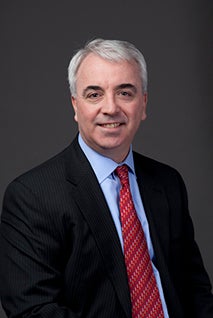
The combination of sharply higher interest rates and falling consumer confidence in the U.S. will reduce demand more quickly than expected while fallout from the Russian invasion of Ukraine will disrupt economic activity and slow economic growth worldwide.
— Robert Hughes, senior research faculty, American Institute for Economic Research

Economic expansions never die naturally of old age. The Fed kills them. The risk of recession is low in 2022, but somewhat higher in 2023. The job market is strong. Consumer and business balance sheets are in good shape. In the past, higher oil prices have had an outsized impact on the economy, meaning a greater impact that would be suggested by the additional cost to consumers and businesses.That’s largely because of the Fed’s past response to higher oil prices. The Fed is unlikely to make the same mistake this time, but monetary policy affects the economy with a lag — and the Fed may overdo it.
— Scott Brown, Chief Economist, Raymond James Financial
Methodology
The First-Quarter 2022 Bankrate Economic Indicator Survey of economists was conducted March 17-25. Survey requests were emailed to economists nationwide, and responses were submitted voluntarily online. Responding were: Ryan Sweet, senior director of economic research, Moody’s Analytics; Yelena Maleyev, associate economist, Grant Thornton LLP; Odeta Kushi, deputy chief economist, First American Financial Corporation; Lawrence Yun, chief economist, National Association of Realtors; Robert Spendlove, senior economist, Zions Bank; Robert Hughes, senior research fellow, American Institute for Economic Research; Joseph Mayans, director of U.S. economics, Experian; Mike Fratantoni, chief economist, Mortgage Bankers Association; Bernard Baumohl, chief global economist, The Economic Outlook Group; Scott Anderson, executive vice president and chief economist, Bank of the West; Bernard Markstein, president and chief economist, Markstein Advisors; Scott J. Brown, chief economist, Raymond James Financial; Mike Englund, chief economist, Action Economics; John E. Silvia, founder and president, Dynamic Economic Strategies; Kathy Bostjancic, chief U.S. economist, Oxford Economics; Bill Dunkelberg, chief economist, National Federation of Independent Business; Tenpao Lee, professor of economics, Niagara University; Robert A. Brusca, chief economist, Fact and Opinion Economics; and Robert Frick, corporate economist, Navy Federal Credit Union.
Related Articles

Survey: Recession odds for U.S. economy have now fallen to the lowest level in two years
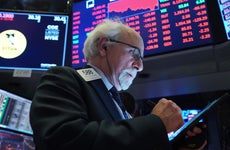
Survey: The U.S. economy has a 64% chance of entering a recession this year
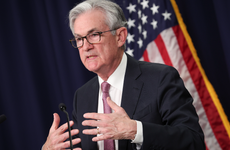
Survey: There’s a 52% chance of an upcoming recession, say top economists
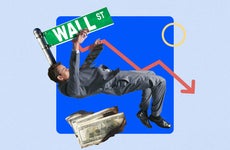
Survey: Economists see 59% chance of a recession by July 2024